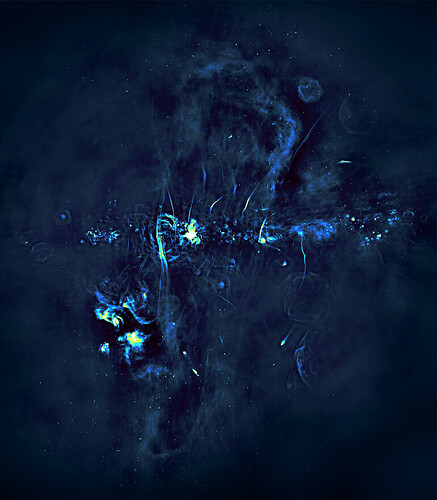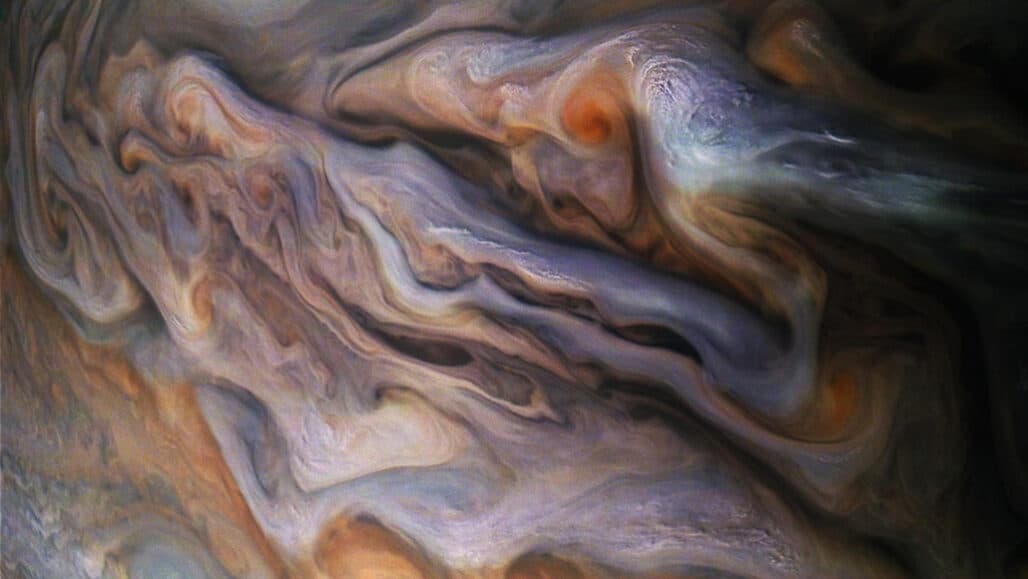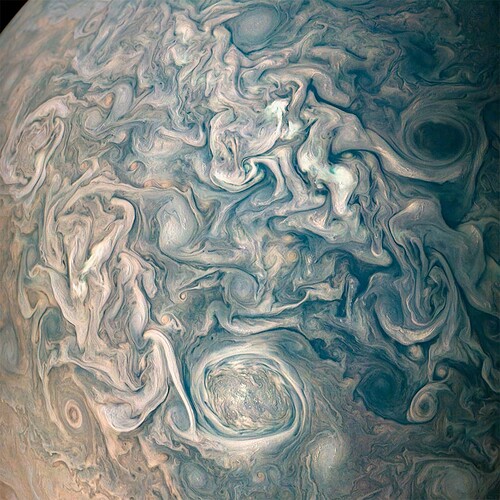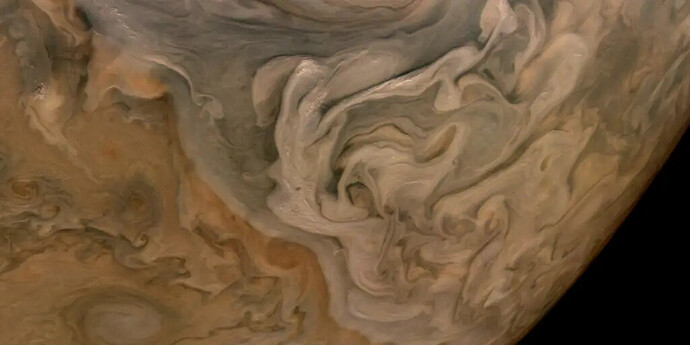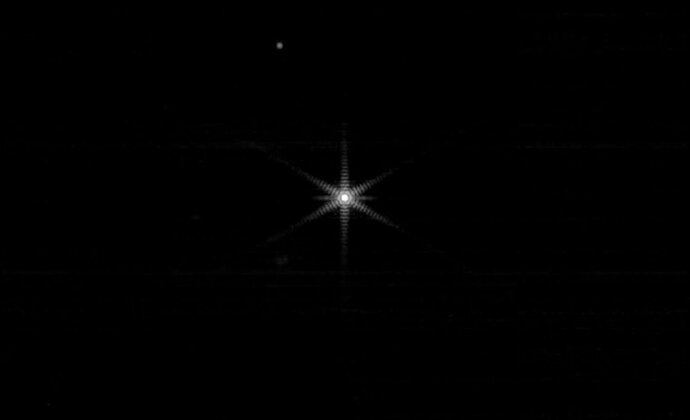When do we get the first Webb images?
They released the first images today, as you can see in the video StrontiumDog posted. Probably a few more months until we get well focused really cool pictures though.
Jared Isaacman has purchased 3 more SpaceX flights with a planned spacewalk on the first one that will launch NET than Q4 of this year.
Pale Blue Dot vibes.
https://twitter.com/ThePlanetaryGuy/status/1493768419203694596?s=20&t=B7o2dpiGBeH-QHnGSyIofA
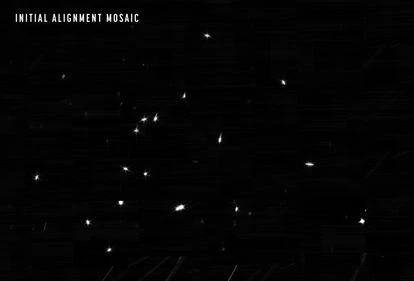
has now become
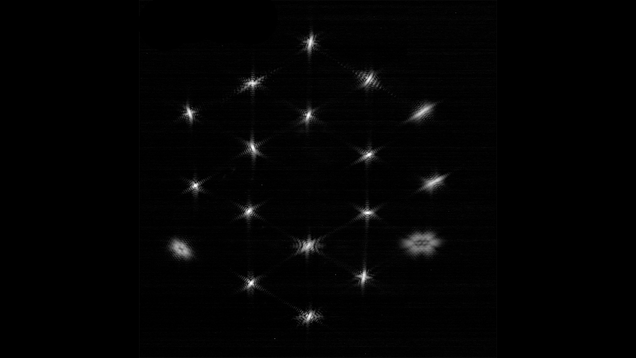
Getting closer 
Curious if anyone knows the answer to this. Let’s say there’s another earth-sized planet with advanced civilization rotating around Proxima Centauri - 4.25 light years away.
Is the resolution on the Webb good enough that we’d be able to detect lights at night? If so - how far out could it detect lights?
We could also double the size of earth and assume less ocean or something - in order to get more night time lights. And maybe the whole planet looks like Vegas. Say maybe their sun is really bright, so their night time lights have to be really bright for them to see. Etc.
What if we could take a picture of an Earth-like planet around another star that was sharp enough to see continents, oceans, and clouds?
Right now, it’s impossible. From our vantage point, exoplanets—planets orbiting other stars—look like fireflies next to spotlights. In the few images we’ve managed to take of them, the exoplanets are mere dots. Even as the next generation of space telescopes comes online, this won’t change—you’d need a 90-kilometer-wide telescope to see surface features on a planet 100 light years away.
A group of researchers has an audacious plan to overcome these difficulties. It involves using solar sail spacecraft—possibly an entire fleet of them—to fly faster and farther away from Earth than any previous space probe, turn around, and use our distant Sun’s gravity as a giant magnifying glass. If it works, we’ll capture an image of an exoplanet so sharp that we can see features just 10 kilometers across.
Now if someone on that planet had the torch I had as a kid then we’d be able to see it. Big orange thing it was with those huge square batteries - half a trillion candles I think … or though that might be a slight exaggeration :)
A light bulb emits around 10^20 photons per second. Assume that nighttime illumination is the equivalent of 10^9 lightbulbs. 4.25 ly is 4e16 meters, and the surface area of a sphere of that radius is about 10^34 square meters. So a telescope with a collection area of 100 sq meters would capture about 1 photon every thousand seconds. Seems not detectable.
Looking at it another way, I think we’re about at the edge of what we can do in detecting an Earth-like planet around a Sun-like star: we’d see a dip in the light output of the star of about 1 part in 10^4 when the planet crosses the face of the star. The Sun has a power output ~10^26 W so the change would be 10^22 W, or about 10^41 photons of visible light per second.
So for comparison with your 100 m^2 telescope collecting 1 photon/1000 sec, we currently need to be able to see a change of about 10^12 photons/1000 sec just to know the planet is even there.
But even if we could see alien lights, how would we know it was artificial?
Well if it looked like earth at night we could probably assume that it’s not some glowing plant life or something.
That might under-estimating how hard-headed science guys are. Imo the aliens would have to be switching their lights on to make happy faces or middle fingers to convince people.
Posting this mainly because the universe does abstract art better than most.
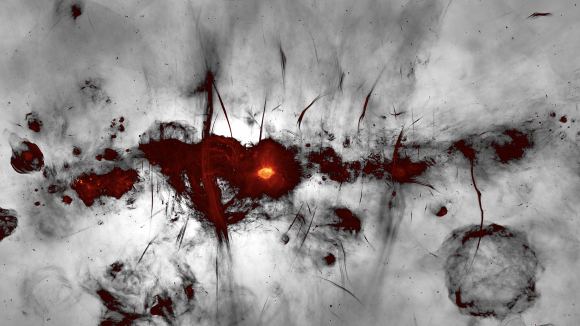
Galactic centre - colours indicate bright radio emission, while fainter emission is shown in greyscale - full details in linked article
see article for details
I agree, and I’ll raise you Jupiter’s cloud tops
Other planets have aurorae too!
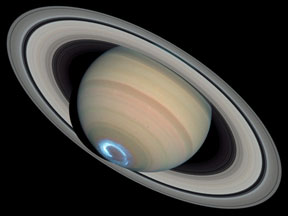
Since we’re talking about Saturn’s poles, I feel like it’s a good time to mention that there’s a color-changing hexagonal vortex over Saturn’s north pole, and we have no idea how or why.
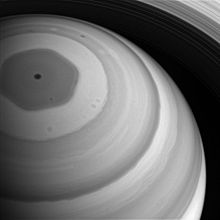
Russia’s space agency said Wednesday it will not launch a batch of 36 OneWeb satellites this week unless the UK government gives up its stake in the satellite internet company, a prospect the UK business secretary later confirmed won’t happen.
i can wait to find out how fast musk started tweeting the uk government
Nah, in this case Musk is happy to see a competitor get hurt.
i mean, tweeting at them to take the job
